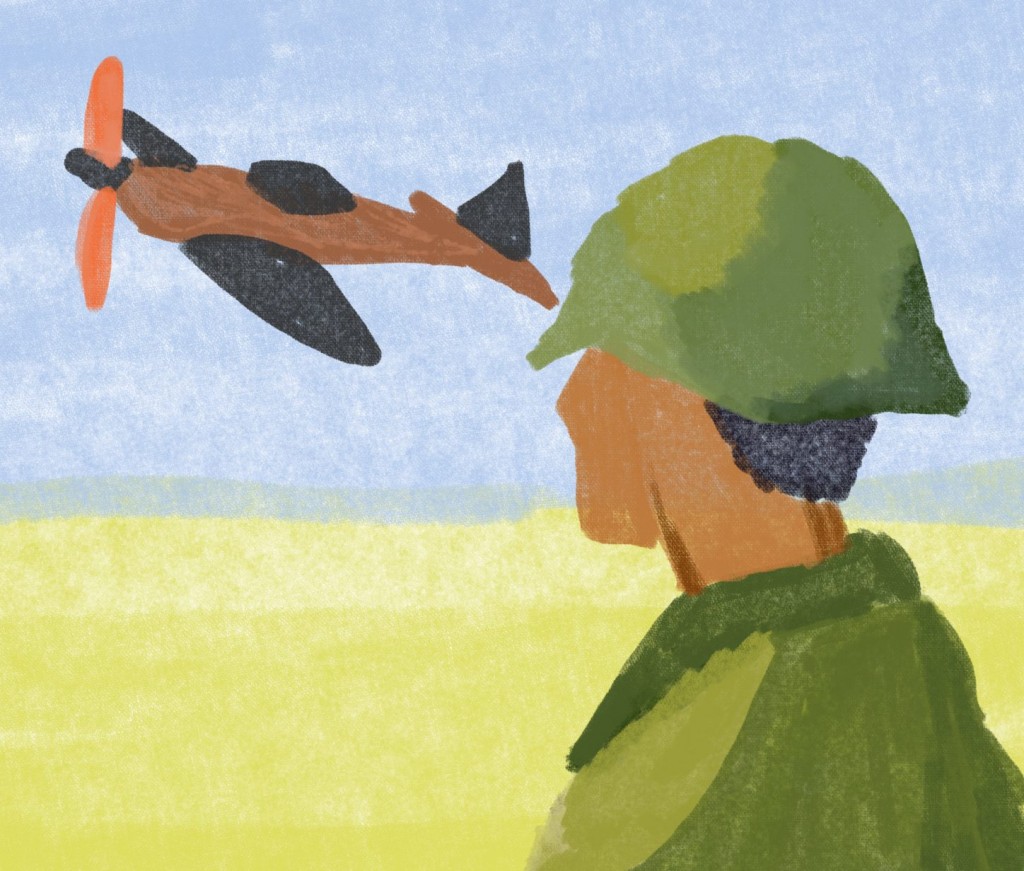
Some professional athletes left sporting careers to fight for their country
Some professional athletes left sporting careers to fight for their country
By Brandon Yip, Senior Columnist
Remembrance Day is a time for reflection, for honouring the soldiers who served our country during times of war and conflict. Thousands paid the ultimate sacrifice to give us the freedom that we have today. And in the sports world, professional athletes sacrificed their own careers by enlisting to fight for their country. Here are some athletes, many of whom served during wartime.
Ted Williams
The legendary baseball icon is the last player to hit .400 in Major League Baseball (batting .406 in 1941). At the end of the 1942 season, Williams joined the Marine Corps. He would be commissioned a second lieutenant. However, at the time his flight training had ended, the majority of the air combat was finished. He did not see any combat when WWII ended in August 1945. But Williams would later be called back to serve during the Korean War. He served with the 1st Marine Air Wing and had many brushes with death. He wrote in his biography reflecting on his time serving for the US: “Everybody tries to make a hero out of me over the Korean thing. I was no hero. There were maybe 75 pilots in our two squadrons and 99 percent of them did a better job than I did. But I liked flying. It was the second-best thing that ever happened to me. If I hadn’t had baseball to come back to, I might have gone on as a Marine pilot.”
Pat Tillman
Pat Tillman was a high-profile NFL player, drafted by the Arizona Cardinals in 1998. In 2001, he was three years into his NFL career when the September 11 attacks happened in New York and Washington, DC. A day after the 9/11 attacks, Tillman told a reporter he wanted to fight for his country. At the end of the 2001 season, Tillman enlisted in the US Army with his younger brother, Kevin. In 2003, Pat and Kevin were deployed to Iraq, and a year later to Afghanistan with the 75th Ranger Regiment. Tragically, on the night of April 22, 2004, Pat was killed by friendly-fire. Tillman’s unit had mistaken an Afghan soldier near him as an insurgent and opened fire. The Pat Tillman Foundation quotes him as saying: “At times like this you stop and think about just how good we have it, what kind of system we live in, and the freedoms we are allowed. A lot of my family has gone and fought in wars, and I really haven’t done a damn thing.”
Bob Feller
All-Star pitcher, Bob Feller, of the Cleveland Indians, enlisted into the US Navy two days after the Japanese attacked Pearl Harbor on December 7, 1941. Feller stated in an interview with ESPN, “I was on my way to meet with the general manager of the Cleveland Indians to sign my 1942 contract the day of Pearl Harbor. It was about noon; I had the radio on in the car and had just crossed the river into Quad Cities when I got the news. That was it.” Feller would serve on the USS Alabama until 1945 when he was discharged as a Chief Petty Officer. He did see combat while out in the Pacific, describing it to ESPN as the “Marianas Turkey Shoot.” He said, “We shot down over 470 Japanese airplanes in one day [June 19, 1944]. And that was the end of the Japanese Naval Air Force.”
Tom Landry
Landry is considered one of the greatest NFL coaches in professional football history. Prior to his start as an NFL coach, he was a co-pilot of a B-17 Flying Fortress. While playing football, he joined the Army Air Forces at the end of the 1942 season. Landry was assigned to the 8th Air Force. He flew 30 combat missions over Europe during WWII. According to NBC Sports, Landry also survived a crash landing. According to the Pro Football Hall of Fame website, Landry had 20 straight winning seasons as the coach of the Dallas Cowboys. He also won 13 divisional championships, five NFC titles and two Super Bowls (1971 and 1977).
The “Kraut Line”
In hockey, players who have good chemistry will be assigned to play on the same line. And that was no different with the Boston Bruins line of Milt Schmidt, Woody Dumart and Bobby Bauer. From 1937 till 1947, the trio was famously known as the “Kraut Line” because of their German heritage. During WWII, the three men enlisted together in the Royal Canadian Air Force in 1942. And just like on the ice, Schmidt, Dumart and Bauer would see action overseas as an aircrew. The “Kraut Line” would return unaffected as the trio survived the war. Notably, Bruins fans would not need to worry about the “famous line” and a diminishing of their hockey skills. In 1946, the “Kraut Line” helped Boston reach the Stanley Cup Final where they lost to the Montreal Canadiens in five games.

